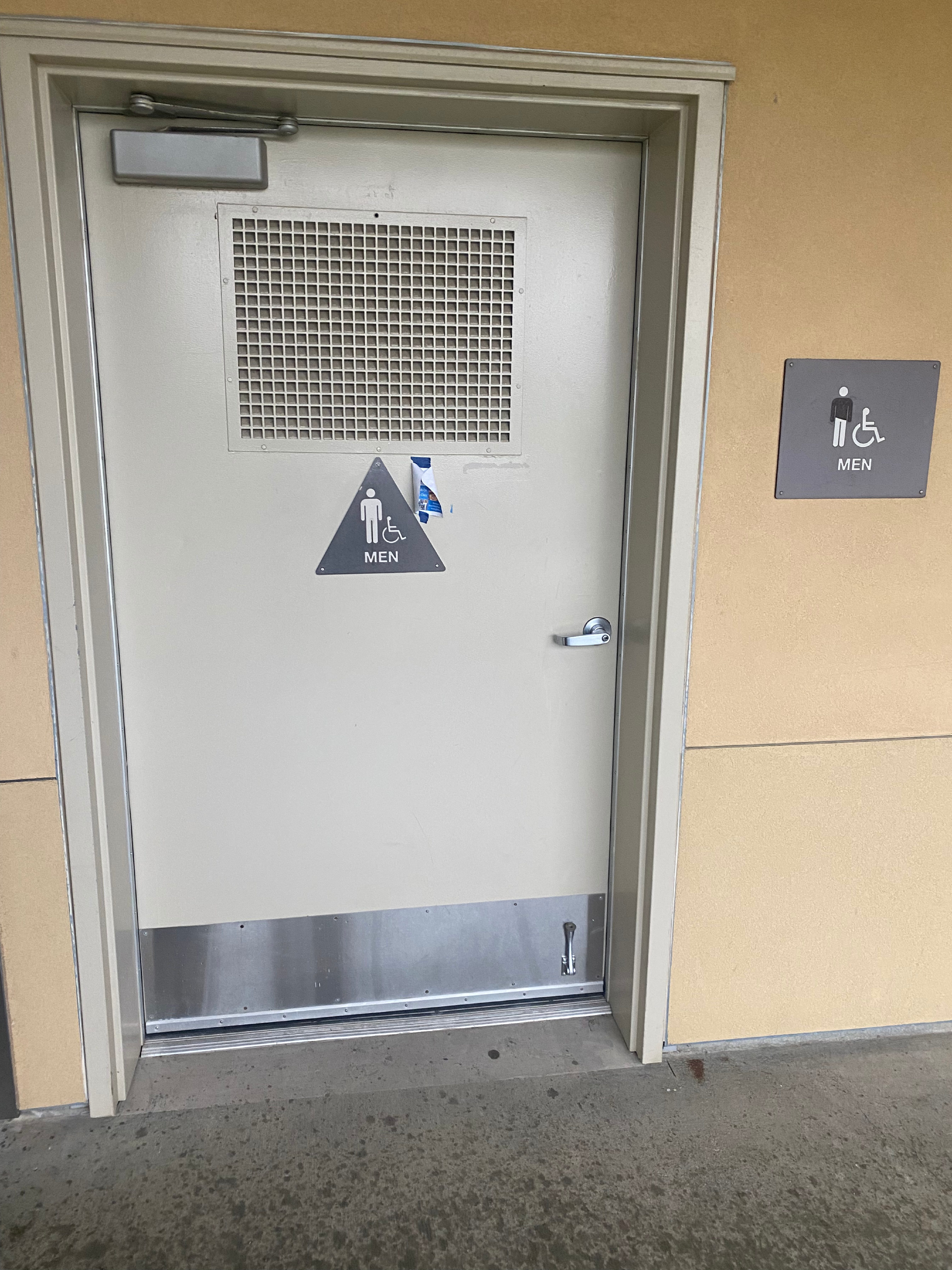Folsom’s Savior Finally Complete

Aerial view of Folsom Dam
Eagle time: Nov 30, 2017
It took nine years to complete a $900 million effort between the U.S. Army Corps of Engineers and the U.S. Department of the Interior, Bureau of Reclamation, but the completion of an auxiliary spillway, which provides the planned release of water during times of excess flooding, is a major breakthrough in the years of infrastructure construction in Folsom, Calif.
This spillway complements the already existing Folsom Dam and will provide a safer and more efficient passageway of water. This dam will help not only the suburb of Folsom, but the entire Sacramento region by giving it “200-year level protection,” meaning that the area will now have a one-in-two hundred chance of being victim to a devastating flood. This dam will prevent hysteria, and tackle the problem of inefficient water drainage.
Jay Emami, the Chief Engineer of Central California Office, oversaw this entire nine-year process. Emami overlooks power plants, the Folsom Auxiliary Spillway, and involvement with the Army Corps. “The entire construction process of the Spillway can be broken down into four phases. Phase 1 & 2 was the Bureau of Reclamation’s job. After those two phases were completed, the Army Corps finished Phase 3 and 4,” said Emami. Now that the construction process is over, his job is to “make sure it is intact, operational and oversee maintenance.”
Along with some of these advantages though, there are some disadvantages, especially to the environment where the dam is. For example, dirt can accumulate at the base of the dam and reduce the effectiveness. Then, it may hinder migration paths and destroy pre-existing wildlife.
Dams are also expensive and time-consuming to construct; the auxiliary spillway itself cost almost $1 billion and took close to 10 years. There is also a risk that the dam may fail catastrophically, putting numerous lives and jobs at risk.








































